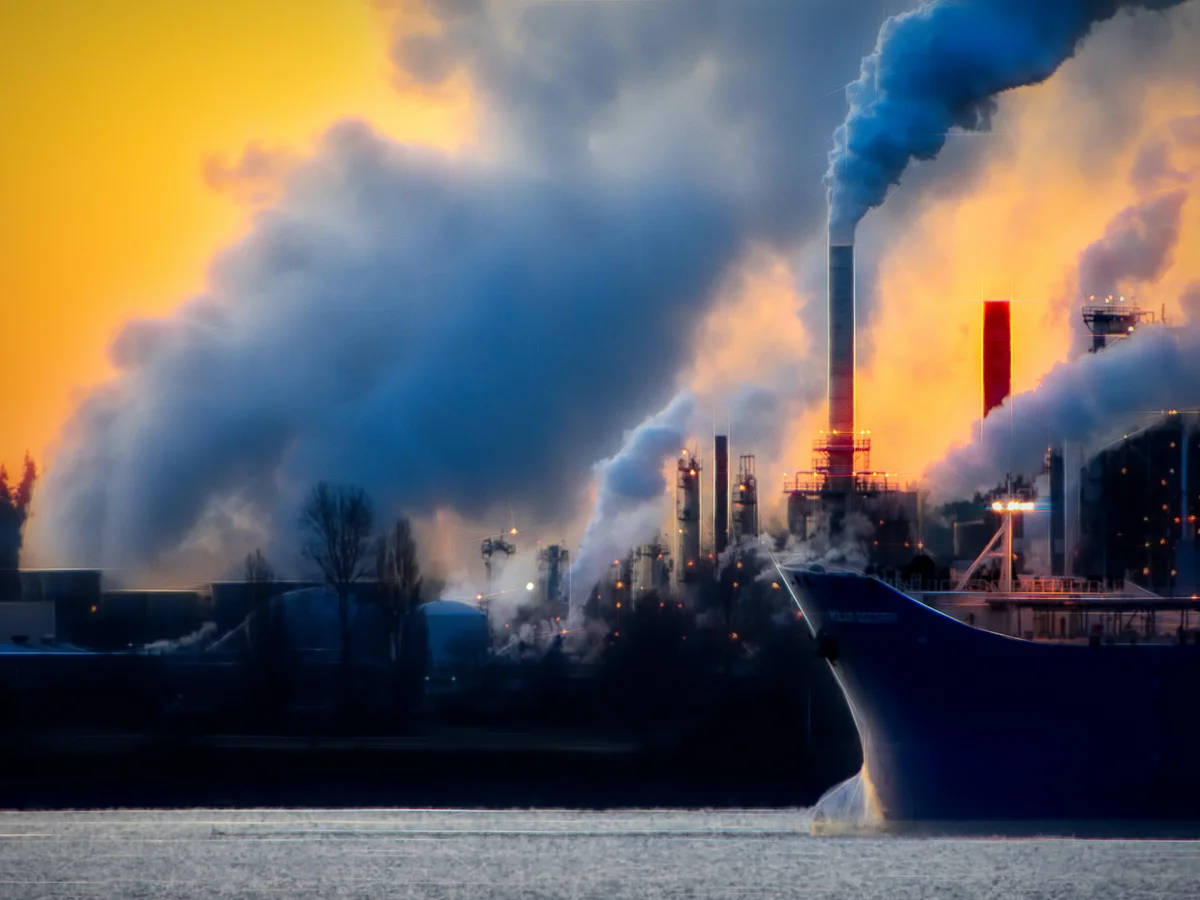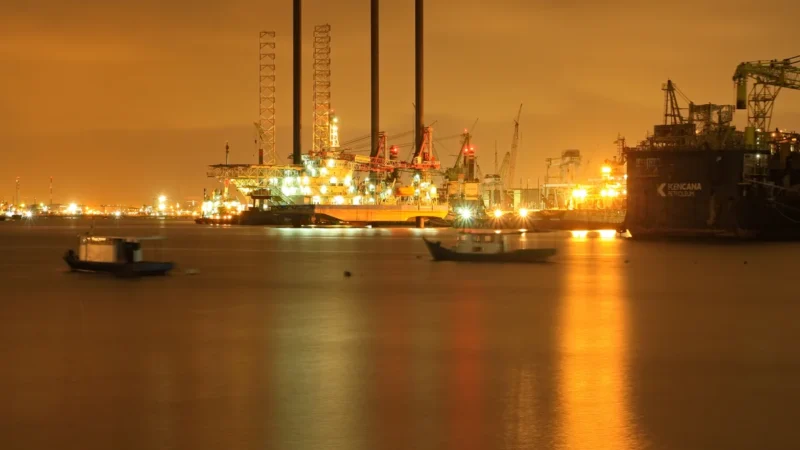Why Carbon Footprint Poses a Threat to Earth’s Ecosystems

Our carbon footprint refers to the total amount of greenhouse gases, primarily carbon dioxide (CO2), released into the atmosphere as a result of human activities. While it’s easy to overlook the consequences, carbon footprints have a profound impact on Earth’s ecosystems. This article explores why carbon footprints pose a significant threat to the delicate balance of our planet’s ecosystems.
Disruption of the Carbon Cycle
The carbon cycle is a crucial natural process that regulates the Earth’s climate. However, excessive carbon emissions from human activities disrupt this cycle. By burning fossil fuels and deforestation, we release substantial amounts of CO2, trapping heat in the atmosphere and leading to global warming. This disrupts the balance of the carbon cycle, which in turn affects the functioning of ecosystems worldwide.
Climate Change
One of the most alarming consequences of carbon footprints is climate change. Rising temperatures and changing weather patterns disrupt ecosystems, altering habitats and affecting species’ survival. Many plant and animal species are sensitive to temperature variations, leading to changes in migration patterns, breeding seasons, and food availability. This disruption often results in biodiversity loss, as species struggle to adapt or face extinction.
Ocean Acidification
Excess CO2 in the atmosphere is not only harmful to terrestrial ecosystems but also to our oceans. The oceans absorb a significant portion of the carbon dioxide released, leading to a process called ocean acidification. This increased acidity poses a severe threat to marine life, particularly to organisms such as corals and shellfish that rely on calcium carbonate for their shells and skeletons. Ocean acidification can lead to coral bleaching, reduced shell formation, and ultimately, the collapse of entire marine ecosystems.
Deforestation and Habitat Destruction
Deforestation, often driven by activities such as logging and land conversion for agriculture, contributes to carbon footprints and poses a direct threat to ecosystems. Forests play a vital role in regulating the climate by absorbing CO2 through photosynthesis. When forests are destroyed, not only does it release the stored carbon into the atmosphere, but it also eliminates essential habitats for countless plant and animal species. The loss of biodiversity and disruption of ecological interactions further destabilize ecosystems.
Feedback Loops
Carbon footprints can initiate feedback loops that exacerbate the threats to ecosystems. For instance, as temperatures rise due to global warming, the melting of polar ice caps releases more greenhouse gases, leading to further warming. Additionally, thawing permafrost releases methane, a potent greenhouse gas, further amplifying climate change. These positive feedback loops can push ecosystems beyond critical tipping points, causing irreversible damage and rapid ecosystem collapse.
Key Takeaways
Understanding the threats posed by carbon footprints to Earth’s ecosystems is essential for promoting sustainable practices and preserving our planet’s delicate balance. By reducing our carbon footprint through adopting cleaner energy sources, practicing energy conservation, supporting reforestation efforts, and promoting sustainable lifestyles, we can mitigate the threats we impose on ecosystems. It’s crucial that individuals, communities, and governments work together to ensure a sustainable future for both our planet and its diverse ecosystems.
FAQs
What is a carbon footprint, and why is it important?
A carbon footprint is the total amount of greenhouse gases emitted as a result of human activities. It’s important because high carbon footprints contribute to climate change, disrupt ecosystems, and threaten biodiversity.
How does a high carbon footprint affect climate change?
A high carbon footprint leads to increased levels of greenhouse gases in the atmosphere, causing global warming and climate change. This disrupts weather patterns, sea levels, and overall environmental stability.
What role does deforestation play in carbon footprints and ecosystem disruption?
Deforestation releases stored carbon into the atmosphere while destroying vital habitats. The loss of forests contributes to higher carbon dioxide levels, disrupts the carbon cycle, and threatens biodiversity.
How does ocean acidification relate to carbon footprints?
Excess carbon dioxide in the atmosphere is absorbed by oceans, leading to ocean acidification. This harms marine life, particularly coral reefs and shellfish, disrupting marine ecosystems and threatening their survival.
Can we reduce our carbon footprint and protect ecosystems?
Yes! We can reduce our carbon footprint by adopting cleaner energy sources, conserving energy, supporting reforestation efforts, and making sustainable lifestyle choices. These actions help mitigate threats to ecosystems and preserve the environment.


